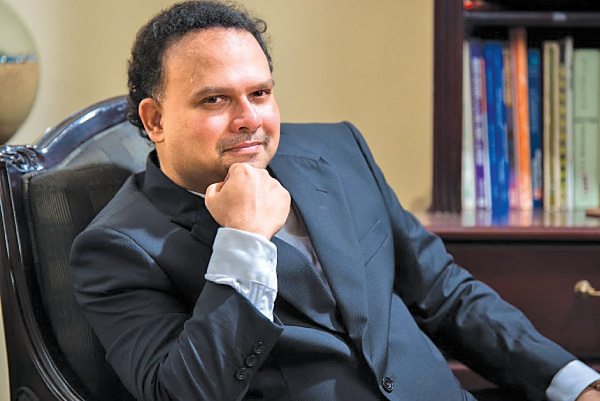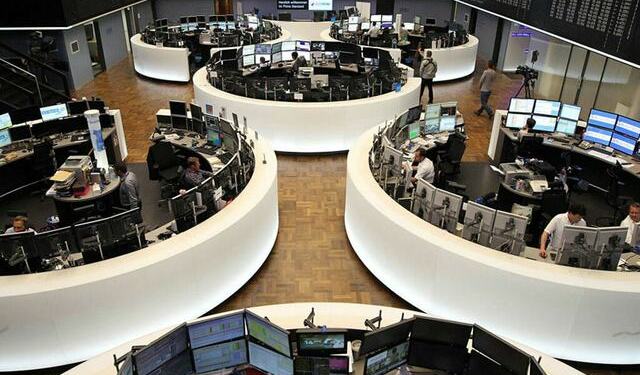Rubber and rubber value addition will result in foreign exchange earnings of about US$ 5 billion in the short run said Plantation Industries Minister, Navin Dissanayake.

However, such influences being unavoidable, the minister indicated that Rubber and rubber value addition will result in foreign exchange earnings of about US$ 5 billion in the short run.
Expert feedback has indicated that oil prices will continue dominance of rubber price structures.
However, such influences being unavoidable, the minister indicated that Rubber and rubber value addition will result in foreign exchange earnings of about US$ 5 billion in the short run. Indicators were that oil prices will stabilise at current levels for about a year. Consequential to such stabilisation the projected US$ 5 billion earnings were real assessments of the rubber market.
Dissanayake noted that irrespective of reduced production, the recent price escalation of rubber placed Sri Lanka in the billion dollar foreign exchange earner segment in 2016. This would further improve with oil price influences gaining dollar value resulting in concomitant increases in rubber prices.
“Sri Lankan rubber will establish hub status for products although other countries have far exceeded our country in rubber production.The import of rubber to bridge the production gap will ensure that the hitherto established reputation of our rubber products will continue to influence markets worldwide”, Dissanayake said in an interview.
Commenting of the multi-million dollar Rigid Tyre project that was opened in Horana last week he said that it would do well for the local rubber sector. “This was a meaningful investment and a harbinger for more investments in other parts of the country as well by foreign investors”.
Asked whether already established companies producing tyres and other value added products would be complementary to the current situation of other manufacturers or competitive to their position, the minister responded that competition was encouraged, more so there would never be enough competition for rubber because of the wide spectrum of possibilities that in real terms could be described as limitless. (SS)
He said that local consumption of rubber was over 22,000 metric tonnes, but production was barely 80 percent of this figure. The production gap was bridged through imports for value addition and exports.
He said that local consumption of rubber was over 22,000 metric tonnes, but production was barely 80 percent of this figure. The production gap was bridged through imports for value addition and exports. Rubber has a healthy future in Sri Lanka. Minister Dissanayake observed that tea and coconut imports were mainly resisted by the smallholder sector, which feared their livelihood, would be seriously affected. Although this was open to question, factually both crops would gain if imports were permitted.He said he was now considering all options before long term decisions could be reached.




























